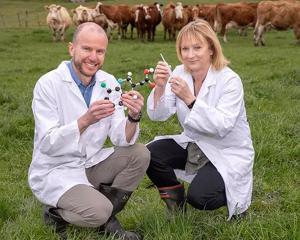
University of Otago biochemistry associate professor Louise Bicknell has been working on human growth with prominent researchers around the world, and found height had been associated with an altered risk of cancer or cardiometabolic diseases.
"Taller people have a slightly higher chance of developing cancer, whereas shorter people have a slightly higher chance of developing diabetes or heart disease," Prof Bicknell said.
She said the ways health and height were linked was a fast-moving field of research, and the group recently conducted a significant review summarising published research highlighting differences in human height that were connected to common health conditions.
"The thousands of different genetic signals that influence our height, often act in common processes in our body, including in the growth plate in bones.
"While this might seem obvious, we now have the genetic data to back this up," Prof Bicknell said.
"The evidence is strong enough that we can use this as a guide when we identify new genetic signals that we are not sure what their function might be."
Prof Bicknell said the researchers continued to get more information to learn from, thanks to the global increase in large-scale genetic studies investigating different aspects of human biology — such as height.
Deciphering the genetic basis of height determinants would offer researchers invaluable insight into the biology of body growth and their understanding of conditions where height might be significantly altered.
"Using the knowledge we’ve now brought together in the review could help to more precisely understand the risk of people getting these conditions, and how to potentially design therapies."












